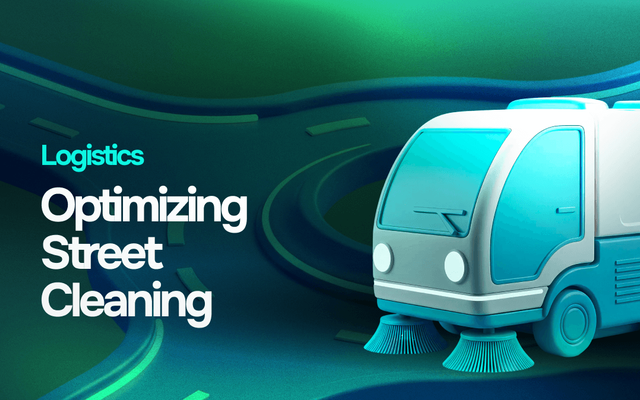
The Traditional QA-Dev Relationship
Traditionally, QA and Development teams operate in silos. The QA team’s main purpose is to run tests to avoid failures in the final product. They are involved in all stages of the product lifecycle, performing tasks like bug writing, investigation, and verification, as well as various types of testing. The Development team, consisting of frontend and backend developers, designs, implements, and maintains the product requirements. Collaboration typically involves moving tickets back and forth, leading to common challenges like blame culture and miscommunication.
Shifting to the Dream Team Approach
The Dream Team approach merges QA and Development into one cohesive unit with shared goals and skills. Key points of this shift include:
Shared Goal of Quality: Quality becomes a shared responsibility. Developers also focus on quality, not just features.
Cross-Functional Skills: Both teams gain a basic understanding of each other’s roles. Developers learn testing methodologies, and QAs learn coding practices.
Continuous Delivery: Collaboration enables efficient strategies for continuous delivery and testing.
Day-to-Day Collaboration: Regular communication between QAs and Developers enhances product quality.
Feedback and Improvement: Regular retrospective sessions foster continuous improvement in collaboration and processes.
Key Benefits of the Dream Team
Adopting the Dream Team approach offers numerous benefits:
Improved Communication: Leads to a better understanding of the product and smoother collaboration.
Early Bug Detection: Involving QAs early helps identify issues upfront and develop effective testing strategies.
Shared Responsibility: Fosters a culture where the entire team works together to address issues promptly.
Faster Delivery: Unified efforts and well-documented processes significantly reduce delivery times. Developers saved around 30% of their time previously spent on testing, allowing them to focus more on development.
By fostering shared responsibility, early involvement, continuous collaboration, cross-functional skills, automated testing, regular feedback, and aligned goals, the Dream Team model helps organizations achieve higher-quality products and more efficient development cycles. As illustrated in the Venn diagram, QAs and Developers each bring unique skills to the table: QAs excel in testing methodologies, bug investigation, and writing test cases, while Developers specialize in coding practices, design patterns, and code reviews. The overlap of these skills, such as automated testing, continuous integration, and a shared understanding of product requirements, forms the foundation for effective collaboration.
Webamboos Dream Team
A prime example of this approach is the Webamboos Dream Team, which has embraced a collaborative and integrated environment where QAs and Developers work seamlessly together. This model has revolutionized our development process, resulting in significant improvements in product quality and team efficiency. Overall team productivity increased by 20% after integrating QA into the development team.
Initially, before having a QA, developers were solely responsible for testing functionalities, which was inefficient as they focused only on their own implementations and lacked a comprehensive overview. Without specialized testing techniques, developers spend excessive time on testing, leading to bugs slipping into production, causing stress for the team, clients, and project managers, and increasing costs when fixing bugs later in the development cycle. Fixing bugs in the production phase is up to 50 times more expensive than during the design phase. Even after introducing a QA Team, it took some time to refine our workflow and processes.
Adopting the Dream Team Approach brought substantial benefits, allowing us to offer clients a warranty period post-delivery due to our increased confidence in the quality of our releases. We saw a reduction in bugs reported by clients by approximately 40%. Previously, without QA and Dev working together, there was confusion and dissatisfaction regarding late issue discoveries and incomplete documentation, leading to unhappiness among team members.
In summary, having QAs work closely with Devs enhances productivity, reduces stress, and improves the overall quality and reliability of our software deliveries.







